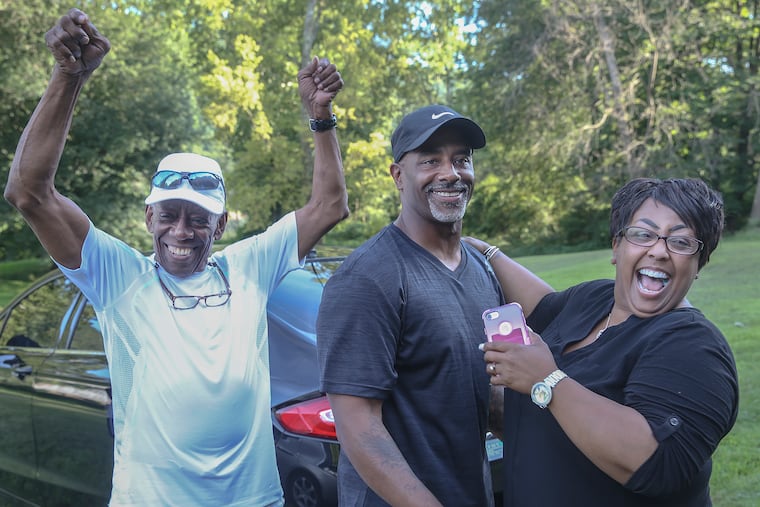'It’s surreal’: After 28 years in prison, Philly man freed after prosecutors call him ‘likely innocent’ in 1991 murder
At the time of his arrest, Chester Hollman was a 20-year-old armored-car driver with no criminal record. He’s now 48. In court filings, the District Attorney’s Office conceded that prosecutors and police from that time had hidden evidence that pointed to more viable suspects.
